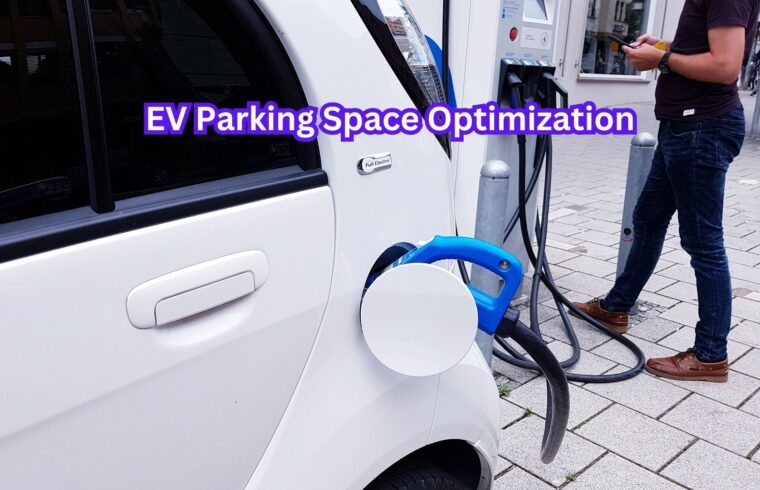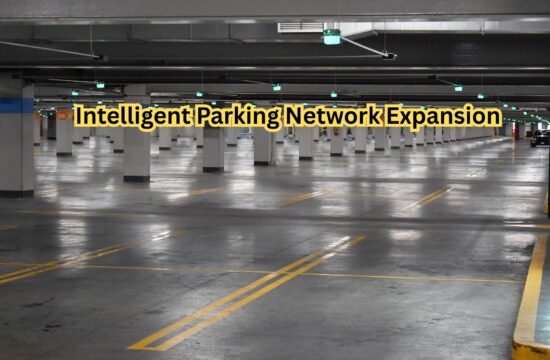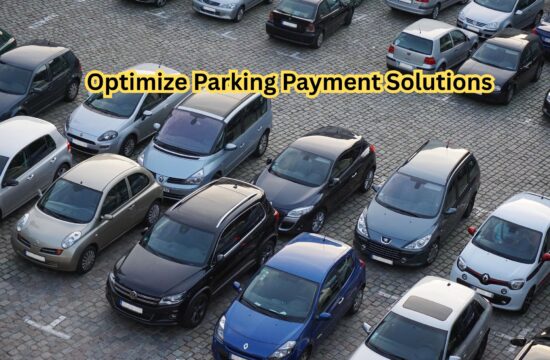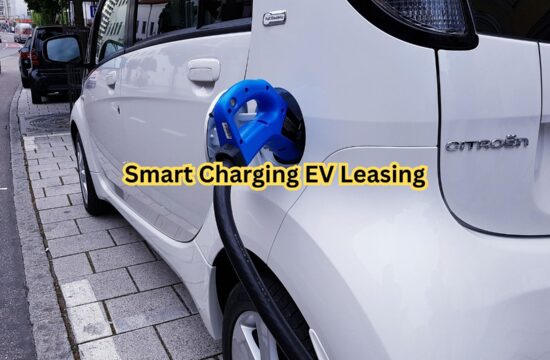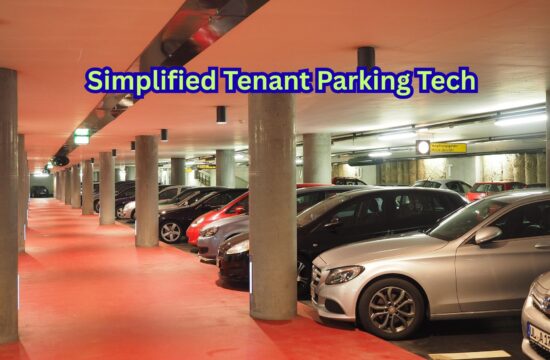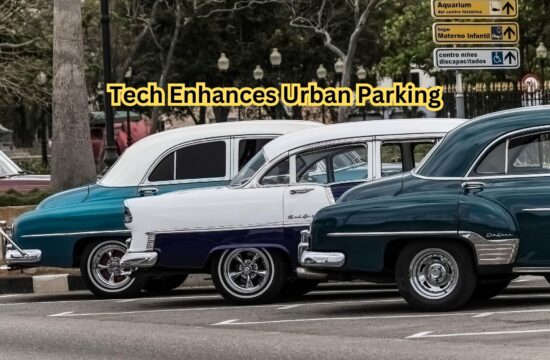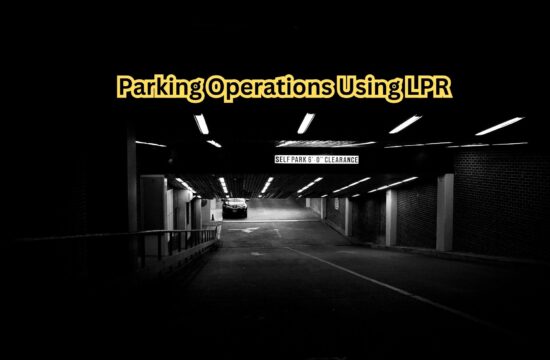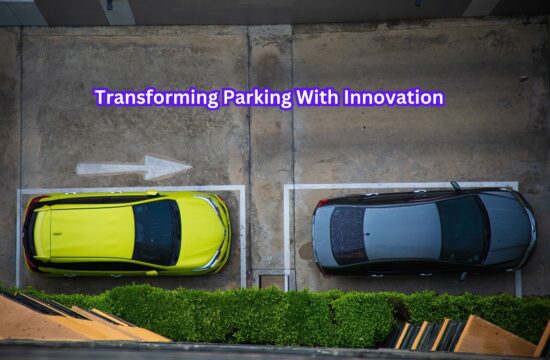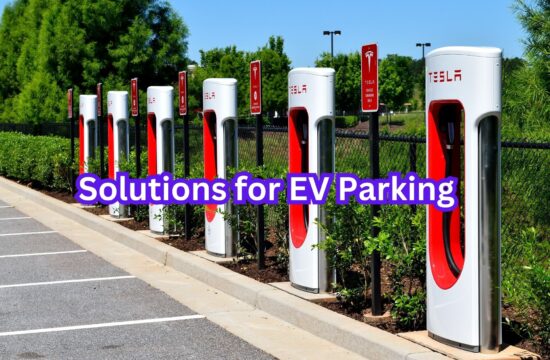Real-time occupancy tracking, dynamic allocation systems, and smart charging infrastructure integration are all necessary for EV Parking Space Optimization. This strategy ensures that EV Parking Space Optimization makes the most use of available space, lessens traffic, and guarantees electric vehicle owners easy access to charging stations. By employing these technologies, EV Parking Space Optimization becomes a key factor in creating efficient and user-friendly parking environments for electric vehicle users.
EV Bay Infrastructure Growth
Infrastructure for EV bays is growing, with an emphasis on incorporating renewable energy sources. Enhancing accessibility, and growing networks of charging stations. This project encourages the use of electric vehicles and supports the growth of sustainable mobility in suburban and metropolitan regions.
Enhancing EV Parking Software
Adding features like reservation systems, real-time availability, and efficient invoicing is part of improving EV parking software. Smart grid connections, user-friendly interfaces, and advanced analytics boost productivity and guarantee smooth parking for drivers of electric vehicles.
EV Parking Billing Problems
Inaccurate time monitoring, uneven pricing structures, and opaque billing systems are common causes of EV parking billing issues. User satisfaction and adoption rates may be impacted by these problems. Which may result in overcharging or misunderstanding for EV drivers.
Boosting EV Parking Income
Optimizing charging prices, implementing demand-based pricing tiers, and including value-added services like car maintenance or premium parking alternatives are all necessary to increase the revenue from EV parking. Optimizing occupancy rates and improving revenue generation are possible with smart parking systems.
Misuse of Electric Chargers
The act of non-EV vehicles hogging charging places (ICEing), EVs sitting on chargers after the charging cycle is over, or using chargers without payment are common examples of electric charger misuse. For actual EV users, these actions limit the availability of chargers and impede their efficient use.
Managing EV Charge Overstays
The implementation of time-based fines, real-time driver warnings when charging is finished. And the use of smart parking systems to clear spots are all necessary for managing EV charge overstays. These tactics increase overall parking efficiency and guarantee charging availability.

